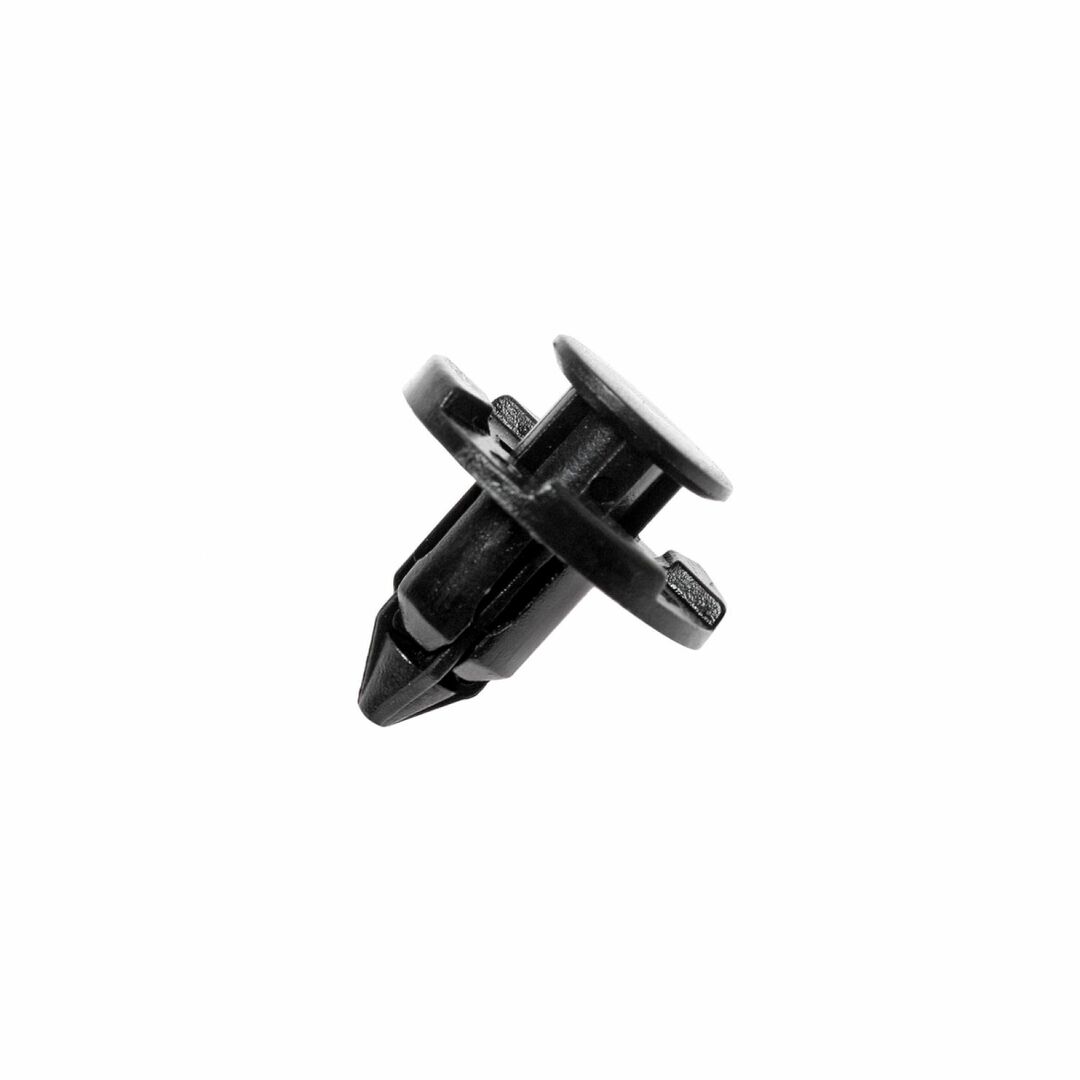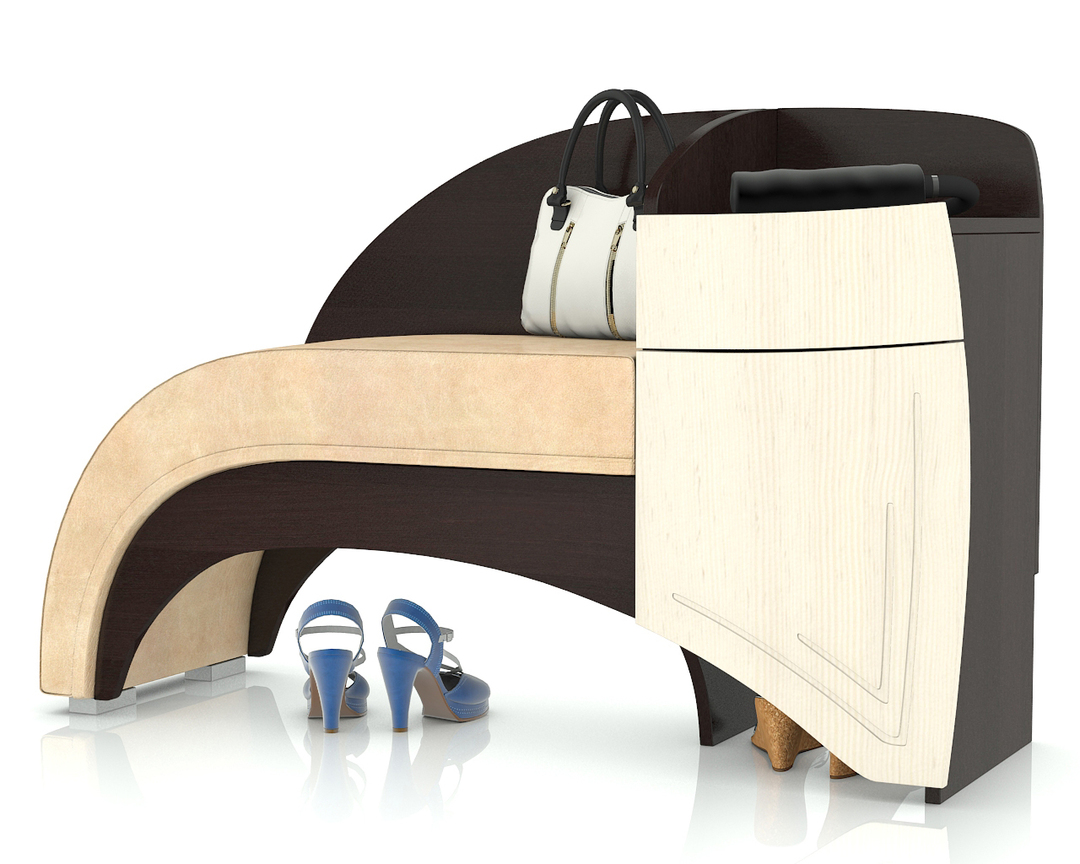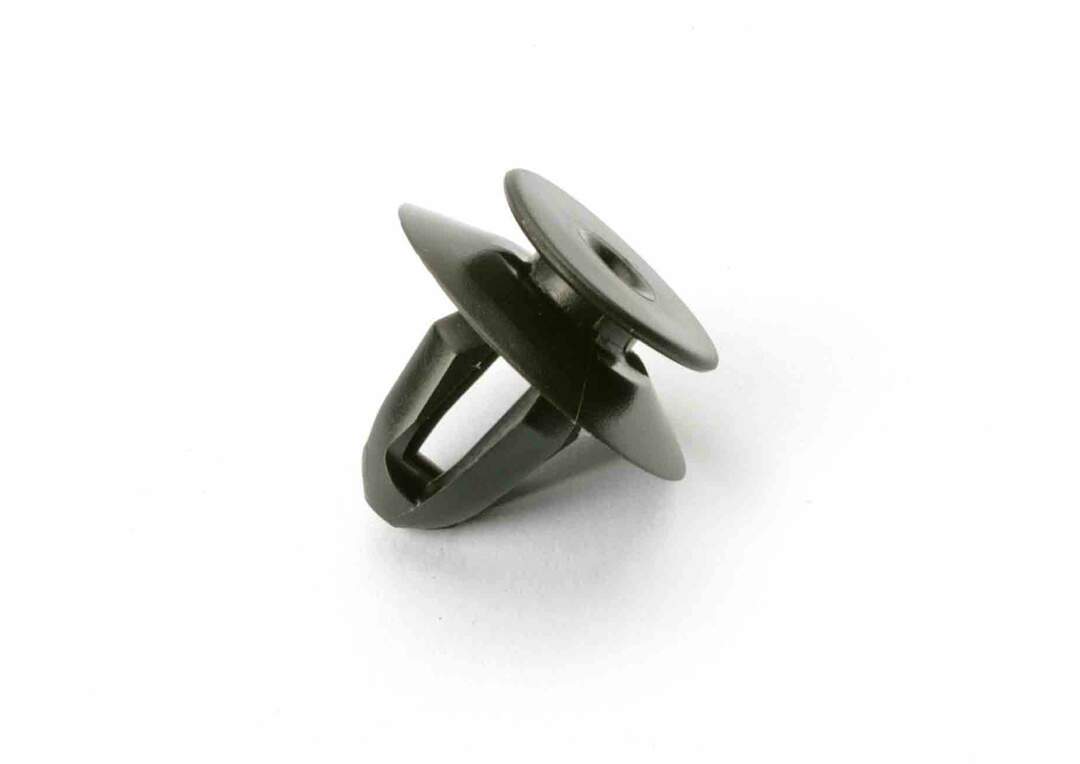The pipelines are laid in a dozen years. Repair, replacement of individual sections of energy-intensive and costly exercise. Pipe producers improve methods of protection of pipes from the effects of aggressive environmental factors. The new word is reinforced and highly reinforced insulation pipe based extruded polyethylene. It not only increases the life of trouble-free service, but the mechanical strength of the product pipe rolling.

What is meant by the MAS and FF
Under any kind of insulation realize the multilayer structure of the protective coating material.
CSS - Reinforced insulation is applied in the soil with a resistivity of 10 to 20 Ohm * m.
MAS insulation has transcript - highly reinforced, necessary where soil resistivity less than 10 ohm * m, which is typical for increased corrosivity of the environment.
The basic difference between these types of insulation - the thickness of the insulating layer.

Types of protective coating
The protective coating is divided into four types:
- Polyurethane foam. Pipes insulated form the basis of this type of heating. They are designed for transport of fluid temperature to 140 0C, because they have a thermal conductivity up to 33 milliwatts / m0C and the pressure was kept less than 1.5 MPa. Protection is created by forming a shell from a plastic galvanized coating. The service life of up to 30 years. It is applied to an ordinary and galvanized steel. Manufactured in accordance with GOST 30732-2006.
- Penopolimermineralnoe. Used for insulation of heating with a heating medium temperature up to 150 0C and operating pressure of 2.5 MPa. Three-layer protection: anti-corrosion material, a porous insulator, waterproofing. The insulation thickness may be increased due to the heat insulating material and depends on the region of a heating pad. waterproofing material may serve as a protection against shock and damage. Pipe manufactured according to GOST 17177-94 and TU577768-001-70440350.
- Rubber-bitumen mastic. Such protection does not improve the technical characteristics of the tube and improves resistance to corrosion and a waterproofing. GOST 51164-98 base pipe primed mastic is applied, covered with a reinforcing nonwoven web and the outer wrapper. Waterproofing, mechanical protection performance can be increased by applying several layers of mastic. For such pipes of heating are not used at the temperature below - 100C and above + 400With the insulation is destroyed. MAS with this method of protection is achieved by the number of coating layers.
- The extruded polyethylene. An effective way to pipe insulation having a temperature of the working mixture is not more than 800FROM. Increases tube life of 50 years, enhances resistance to mechanical loads. It refers to very enhanced protection. The quality of the pipe insulation and VSL insulation coating process is regulated GOST 9.602-2005.

In addition, steel can be used for housings increased protection against mechanical impacts, such as those in Metachem, wherein the pipe under the automobile highway paving.
Pros and scope of the MAS
Advantages of using tubes with MAS relate to increasing their operational and technical characteristics:
- guaranteed trouble-free use of the pipeline for more than 40 years;
- waterproofing high level allows to lay the pipe under water or in a strongly waterlogged field;
- wide variation in the temperature operating mode 500C to - 600FROM;
- energy saving effect to 30% by increasing the thermal insulation properties;
- complete protection against all the tops of corrosion, biological contamination.
When viewed under MAS coating of extruded polyethylene can speak about the advantages of the insulating layer /:
- increased adhesion to metal;
- resistance to mechanical destruction;
- low water absorption;
- dielectricity. Guarantees high contact resistance;
- environmentally friendly material that does not harm the environment.
The disadvantages include:
- high cost;
- the need for additional reinforcing insulation in regions with low and stable temperature;
- inability to use for the transportation of high-temperature environments
- restriction on the operating pressure of 5.5 MPa.
Given the pros, cons of pipes and fittings with insulated ducts are recommended in these areas:
- All types of oil;
- industrial and domestic water supply and sanitation;
- pipes for various purposes extending at an aggressive environment (any reservoirs, including industrial waste dumps, industrial waste);
- Communication engineering gas distribution having loads of up to 2.5 MPa;
- place gaskets with increased external influence.

How to produce tubes with polyethylene insulation
The whole process of mechanized. It consists of several stages:
- Surface preparation. In this step, the heated pipe passes through the shot-blasting machine and cleaned of rust. In this shot it creates a rough surface. Going through a dust removal and purification of the residue fraction.
- Control of surface preparation. Purity is verified by using adhesive tape and a reference sample, roughness - special device. These indicators determine the level of adhesion.
- The application of anti-corrosion layer. The conduit gas is warmed, removed from it and chromium alloy by induction heating temperature rises to 200 0FROM. In this state applied epoxy primer. The thickness of the primer layer to 0.08 mm.
- Application of the adhesive material. As the hot melt adhesive is used the polymer composite of at least 0.3 mm thick.
- Formation of the protective layer. Insulating tube using materials based on polyethylene. It can be used tape base.

After that, the product is cooled, dried. Then you prepare the pipes for use: with their ends removed up to 15 cm of insulation and forming a chamfer.
Pipe Manufacture bituminous mastic insulation
Preparations for the protection application is no different from plastic. But they themselves have imposed layers of different composition:
- primer;
- 1st layer bitumastic;
- 1st reinforcing layer;
- 2nd layer bitumastic;
- 2nd reinforcing layer;
- sloyobertka or outer cover.
In order to achieve the number of coal-water slurry reinforcement, mastic layers increases, but it increases the weight of the product. As bituminous mastic materials used bitumen-rubber polymer-bitumen film, other mastics from hydrophobic materials with various types of additives. Used fiberglass for reinforcement or any non-woven fabric. The total thickness may be 10 mm.

MAS pipes are manufactured by industrial methods, their reliability is provided and the requirements of GOST confirmed certificate. They comply with all current regulations that apply to pipelines operating in harsh environments.



